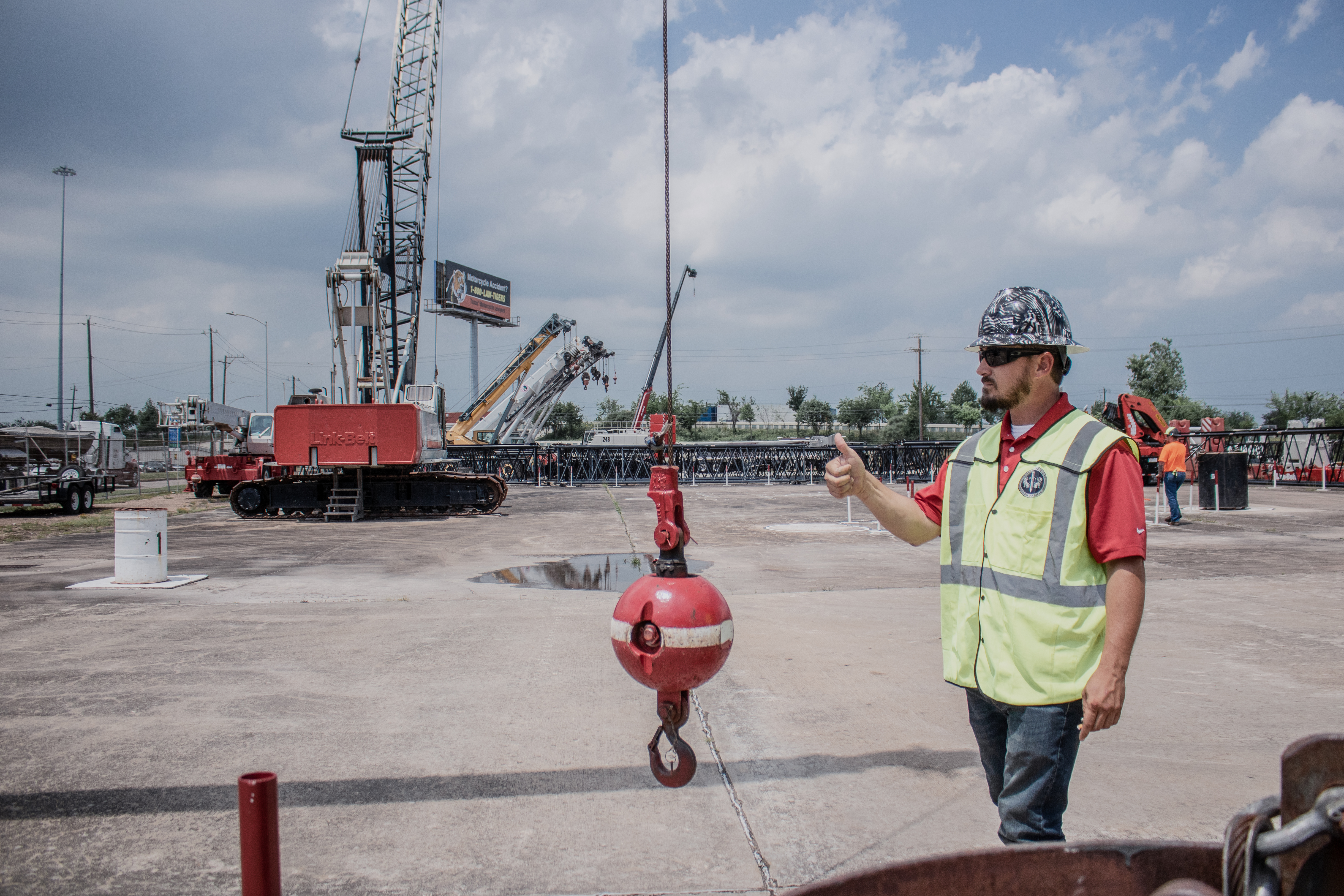
The Issue:
Employer evaluations of their operators are mandated under OSHA 1926.1427 subpart CC.
However, a new report released in July by the NCCCO Foundation found that only 20% of employers were correctly re-evaluating their crane operators according to OSHA requirements.
The Bottom Line:
The NCCCO conducted a limited survey of 89 employers in Fall 2019 to gauge employer awareness of – and compliance with – the November 2019 update to OSHA’s 1926.1427 standard.
The standard now outlines a three-step process to crane operator qualification. While the NCCCO label their findings generally “positive”, there are some areas of concern:
- Fully three-quarters of respondents believe that certified crane operators are qualified to evaluate other operators.
- Less than half of employers surveyed recognized the OSHA definition of someone having the “knowledge, training, and experience” to be designated as an evaluator
- As noted, only 20% of employers are re-evaluating correctly
- Finding the time and the staff to conduct the evaluations was noted as a common challenge
Read on to hear Senior Instructor Larry Kime’s expert take on the NCCCO findings
Expert Insight:
Despite the final ruling in November 2019, OSHA has always required an employer evaluation as part of the qualification process. The difference now is that documentation is required.
The language introduced in 2010 apparently muddied the waters. The standard then called for “evaluation or certification”. OSHA’s intent was that employers continue to evaluate their operators but have the option of certifying them in addition. Unfortunately, many employers saw certification as a replacement for evaluation and assumed the certifying process was sufficient to qualify them on their cranes.
The 2018 revision to the language makes it clear that operators should be trained, certified and evaluated, leaving no room for ambiguity.
Little surprise, then, that companies are facing difficulties finding the time and staff to re-institute evaluation processes that may have fallen off the radar.
Critically, those who responded to the survey indicated a measure of confusion regarding the differences between new evaluations and re-evaluations.
Simply put, new evaluations are equipment specific, whereas re-evaluations are operation specific.
While not directly prescribed, every example that OSHA gives for re-evaluations is an example of a critical lift (e.g. personnel lifts, lifts around power lines, etc.).
Ultimately, such conditions should have required re-training. In ideal terms, then, re-evaluations should be what follows re-training.
Conversely, new evaluations are triggered by:
- New employees
- A change in equipment
- A change in jobsite
- A change in circumstance





